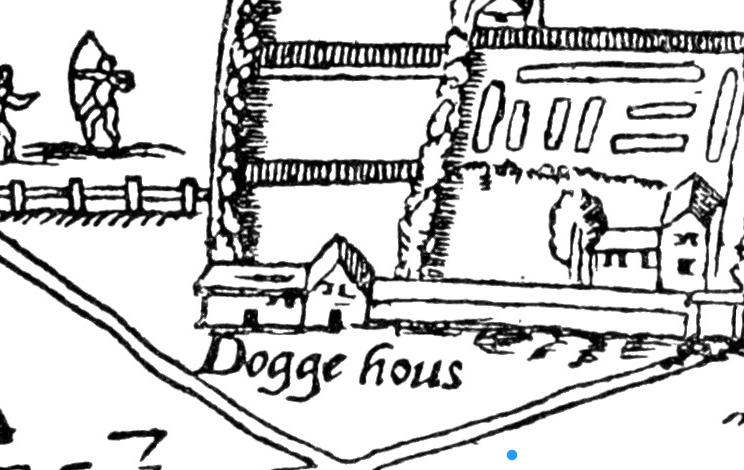In the conference version of my paper on the great Eastern rivers in English lyric, I wrote from the assumption that rivers had always been “a staple of pastoral poetry.” This is true, but the reasons for it are complex and appear to offer a path to understanding the way that pastoralism, primitivism, and biblical history merged in seventeenth-century English poetry. The simplest explanation is that since pastoral poetry has an agricultural setting, rivers, as sources of irrigation would naturally play an important part. But this straightforward explanation is eclipsed by the pressures of culture and literary history.
Pastoral poetry arose in the classical world, and is first represented in the
Idylls of Theocritus. His poems are lighthearted and bucolic, but they are at least partly mythological: the nymph Daphnis, legendary creator of pastoral poetry, is a central topic. Rivers, fountains, and springs had always served as important loci for the place-bound polytheism of the Hellenic world, which is why so many of the stories passed down involve such watery locales. For Theocritus, though, and for his many imitators over the centuries, springs and rivers serve partly as décor and partly as allusion to the sounds of poetry. The shepherd Thyrsis exclaims, at the beginning of the first
Idyll
Sweet is the music of yon whispering pine
Beside the spring; and, goatherd, sweetly thou pipest.
The goatherd replies,
Sweeter, O Shepherd, is a song of thine
Than the loud murmur of yon waterfall
That plushes down the crag.(1)
Out of this tradition was born the idea that pastoral poetry takes place within the sound of flowing water, and the shepherd/poet is always near a river. The most famous of the
Idylls, #5, begins, “Once upon a time three friends went forth from the city together, / Eucritus, I, and Amyntas, down to the river of Hales.”
Paralleling the classical tradition is a biblical one. In Genesis we are told:
And out of Eden went a river to water the garden, and from thence it was divided, and became into four heads.
The name of one is Pishon; the same compasseth the whole land of Havilah, where is gold.
And the gold of that land is good; there is Bdellium, and the Onyx stone.
And the name of the second river is Gihon; the same compasseth the whole land of Cush.
The name also of the third river is Hiddekel; this goeth toward the Eastside of Asshur.
And the fourth river is Perath. (2:10-14)
The notes in the Geneva Bible are thick in this passage, informing the reader of the location of Havilah, the possible identification of “bdelium,” and the fact that Hiddekel and Perath are the Tigris and Euphrates. Perhaps because it connects a legendary place with a known geography, this passage played an important part in subsequent representations of paradise, and rivers became firmly associated with the idea of an edenic world, the Judeo-Christian parallel to the classical Golden World. Combined, these threads help explain the prevalence of rivers in primitivist and pastoral settings.
I’ll need to go back to Wyman Herendeen’s book,
From landscape to literature: the river and the myth of geography, to see how much of this he has already covered.
(1) Theocritus.
The Idylls of Theocritus. Trans. James Henry Hallard. Rivingtons, 1901.

